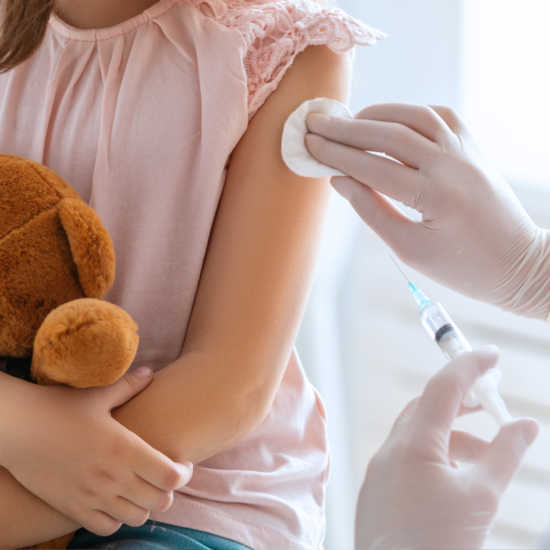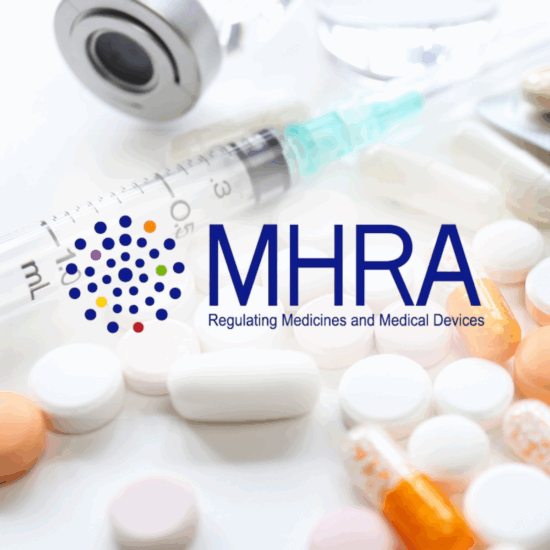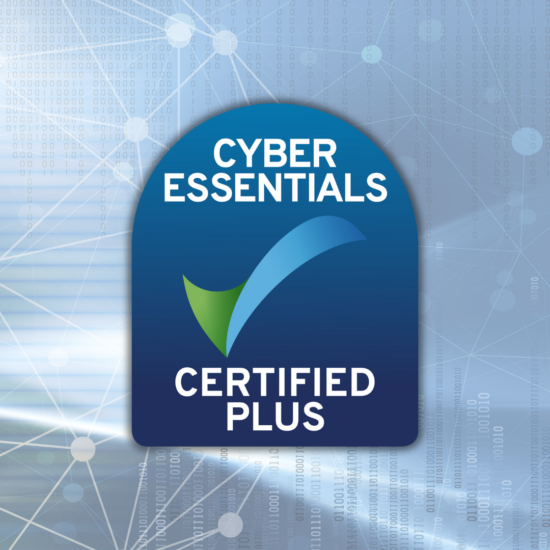New UK Clinical Trials Regulation 2024: What You Need to Know
Published May 29, 2025
Published 26th October 2023

The European Commission (EC) has proposed a draft Directive and Regulation on the 26th of April 2023 for the reform of the pharmaceutical legislation. During the process, and impact assessment of the current Regulation No 1901/2006 Paediatric Use” identified that medical needs of diseases in children were not sufficiently met with affordability of these medicines a growing challenge and the current regulatory system does not promote innovation and creates an unnecessary administrative burden in development. the European Commission recognised a majority of rare diseases may appear in children and because many of children’s diseases are also rare, they should be evaluated together. Therefore, to meet the medical needs of paediatric patients the current , Regulation (EC) No 1901/2006 ‘Paediatric Use’ is set to be repealed and , the general framework for the authorisation and rewards for paediatric medicines included in the proposed Directive with details of the procedural requirements integrated into the proposed Regulation.
Paediatric Medicinal Products are covered in Chapter VII, Articles 74 to 98 of the proposed Regulation. The Centralised Procedure (CP) will continue to be used to evaluate paediatric medicinal products. The Paediatric Committee (PDCO) is retained and will continue to give input to the Committee for Medicinal Products for Human Use (CHMP) and Pharmacovigilance Risk Assessment Committee (PRAC). Representation of patients and health care professionals with expertise in rare and paediatric diseases, will be increased at the CHMP and PRAC. Some of the key procedural requirements are listed below.
The EC recognises product development is dynamic and the Paediatric Investigation Plans (PIP) can be adapted to better suit different situations. There are recognised challenges in developing a full clinical programme for studies in children in early development with developers needing to be make some crude assumptions on expected results This has led to many subsequent modifications to an initial PIP creating a burden to the EMA and the Sponsor.
This initial PIP will need to incorporate only the timings for the measures to be proposed for each paediatric subset and the timing of updated versions. Therefore it will then be possible to update the ‘initial’ PIP, having the agency review the updates within 30 days. Having an agile PIP system that is able to progress with product development cycles is expected to reduce administrative burden.
When a product is being developed exclusively for use in children, the full clinical development program will include paediatric studies. In this situation, initial PIPs may also be considered. An initial PIP or waiver is to be submitted to the Agency before the initiation of safety and efficacy clinical studies; with possible financial penalty for late submissions.
PIPs may also be discontinued, whereby the company will notify the Agency and provide the reasons for such discontinuation no less than six months before the discontinuation.
Companies developing medicinal products for paediatric use may request advice from the Agency on the design and conduct of the various tests and studies necessary to demonstrate the quality, safety, and efficacy of the medicinal product in the paediatric population free of charge.
To provide healthcare professionals and patients with information on the safe and effective use of medicinal products in the paediatric population, PIP study results should be included in the summary of product characteristics (SmPC) and package information leaflet (PIL), if appropriate. It is possible to have a variation of marketing authorisations on the basis of paediatric studies.
It is highlighted that often the new compound developed in adults may have a mechanism of action that would be beneficial in children for a different medical condition, This being particularly relevant in the field of oncology Under Article 75 the waiver conditions have been restricted such that even if the disease only occurs in adults, if the molecular target is responsible for a different disease or condition in children this would not be grounds for a waiver. This means that waivers for hybrids where there is a new indication or route of administration no longer would automatically be granted a waiver.
The Agency will maintain a list of all waivers granted, that is updated regularly and made available to the public. In addition, any agreed waiver shall be recorded in the summary of product characteristics and, if appropriate, in the package leaflet of the medicinal product concerned.
Waivers during a public health emergency will be considered only for medicinal products intended for the treatment, prevention, or medical diagnosis of a serious or life-threatening disease or condition which are related to the public health emergency.
The Agency may, at any time adopt a decision reviewing an already granted waiver. For medicinal products not authorised in EU or having new therapeutic indications, proving information collected in PIP shall not apply for 36 months from the date of its removal from the list of waivers.
It remains possible for a company to submit a PIP and also make a request for deferral of the initiation or completion of some, or all of the measures set out in that plan. Such deferral shall be justified on scientific and technical grounds or on grounds related to public health. Although a deferral cannot exceed 5 years, it may be extended in duly justified cases.
Existing medicines, already licensed by the EMA or EU Members State, which are no longer under data protection, may be repurposed for other therapeutic use. This includes further developed for paediatric use, via Paediatric Use Marketing Authorisation (PUMA). A PUMA will also include a PIP, and once granted will not prevent additional applications for other therapeutic indications. From a marketing point of view, it is possible to retain the name of the medicinal product.
There will be a greater transparency of the activity supporting development of medicines for paediatric use.
The marketing authorisation holder (MAH) will have 2 years to place products authorised for a paediatric indication taking into account the paediatric indication in all Member States where the medicinal product is already placed on the market.
Failure to comply with this obligation could be subject to financial penalties. This could create challenges for companies considering the additional timings for pricing and reimbursement.
When a MAH wishes to discontinue a paediatric medicinal product, they must notify the Agencies no less than six months beforehand. The MAH will need to transfer the marketing authorisation to a third party or allow a third party, which has declared its intention to continue to place the medicinal product in question on the market, to use the pharmaceutical, non-clinical and clinical documentation contained in the file of the medicinal product.
The EC Impact Assessment Report reflected how pharmaceutical companies were reluctant to invest in developing medicines for paediatrics and rare populations because it was expensive, therefore making it economically unattractive due to small market size. Both regulations offered incentives to companies supporting the development of paediatric and/or orphan drugs.
Regulatory Data Protection, being a key incentive, currently offers companies 10 years protection for all newly authorised products. For any new drug development, companies must agree on a paediatric investigation plan ‘PIP’ or request a ‘waiver.’
In the proposed regulation, like the present Regulation for Paediatric Use, the 6-month SPC extension remains the main reward for completing a PIP. Although this cannot be claimed if the one-year data protection for a new indication is already claimed. (see more on Data Protection). Although it is disappointing that there has not been improvement on the incentives for paediatric development there are opportunities for member states to incentivise research and development in paediatric medicines.
For existing products, which are not longer covered by patents, a paediatric-use marketing authorisation ‘PUMA’ offers 10 years protection covering the newly authorised paediatric indication.
Your company may be developing medicinal products for paediatric use. The proposed pharmaceutical legislation objective is to make sure all patients across the EU have timely and equitable access to safe, effective, and affordable medicines. Also, to offer an attractive, innovation-and competitiveness friendly environment for research, development, and production of medicines in Europe. As part of this, the revised Paediatric legislation is considered to promote development of new or re-purpose existing drugs for use in children, including those with rare disease conditions.
A forward-thinking consultancy, DLRC understands individual company’s unique requirements for medicinal products in development and finds creative and pragmatic solutions for all regulatory challenges.
To discuss your product development, how the new pharmaceutical legislation may affect you and your regulatory strategy, contact our experts via the link below.

Published May 29, 2025

Published May 29, 2025

Published May 01, 2025

Published Apr 28, 2025

Published Apr 25, 2025

Published Apr 11, 2025

Published Mar 31, 2025

Published Mar 27, 2025

Published Mar 27, 2025